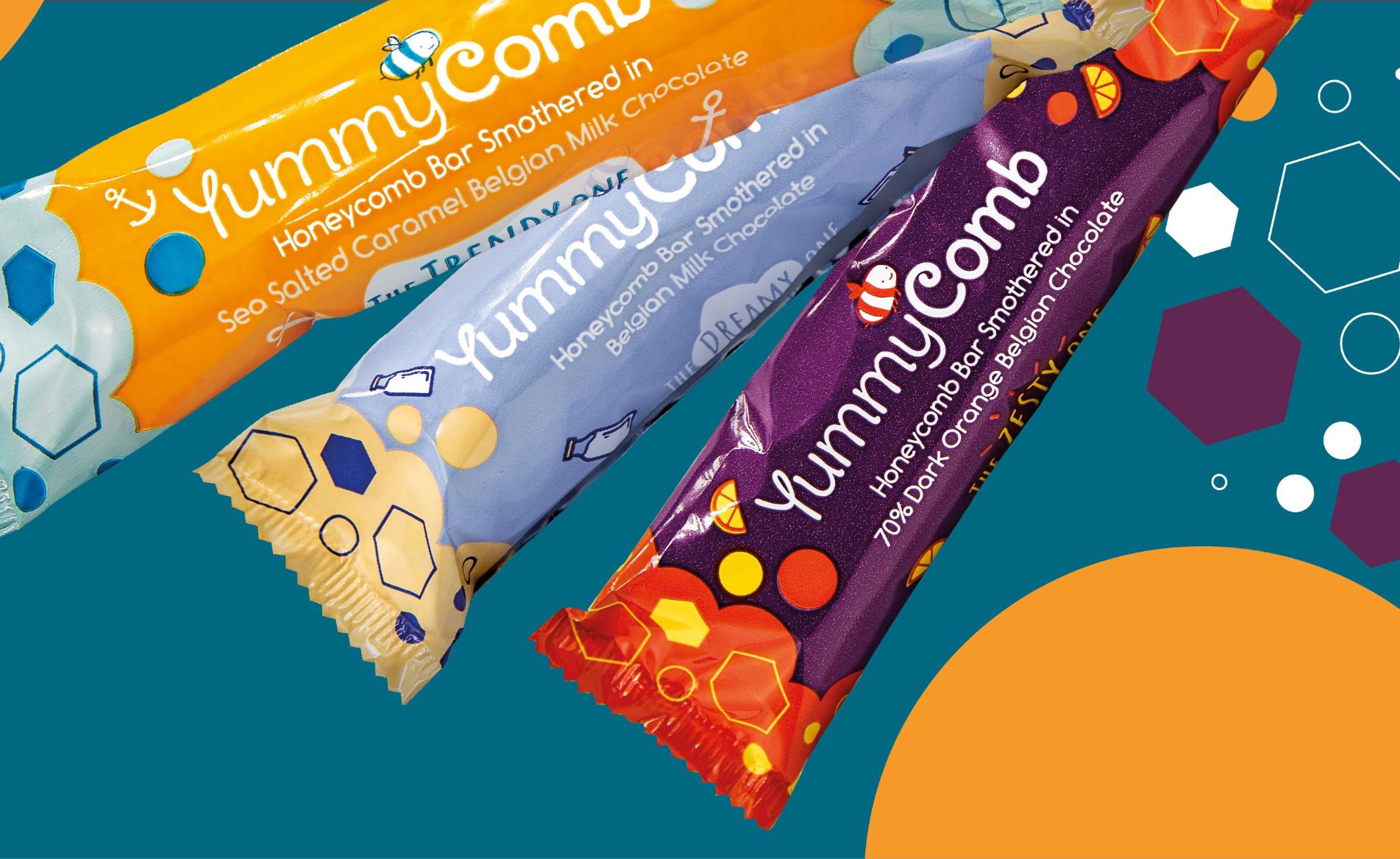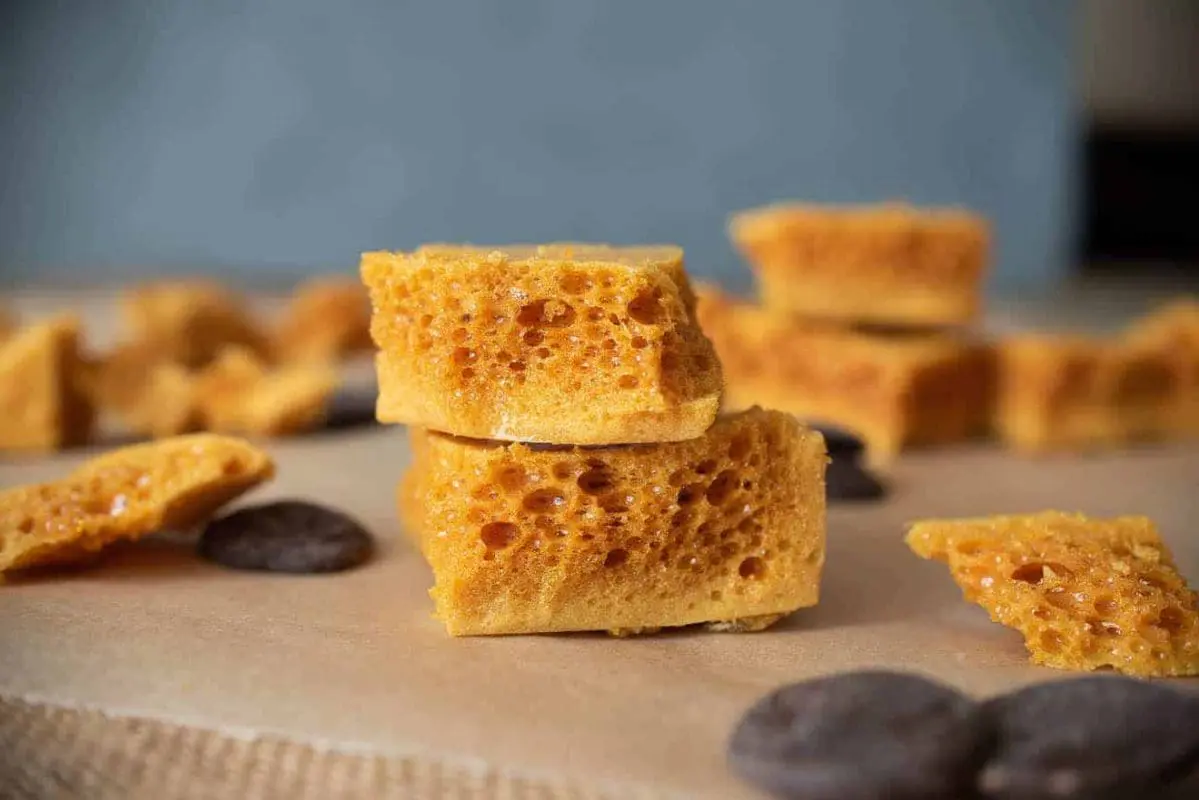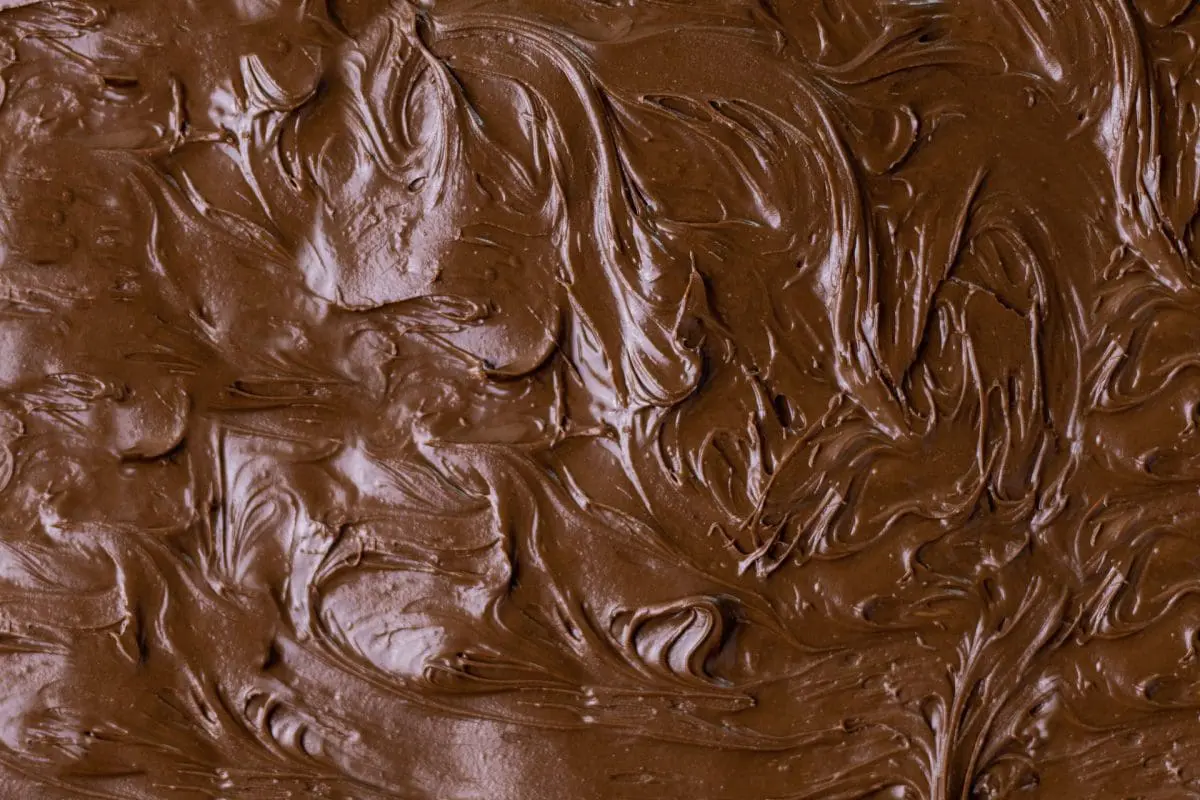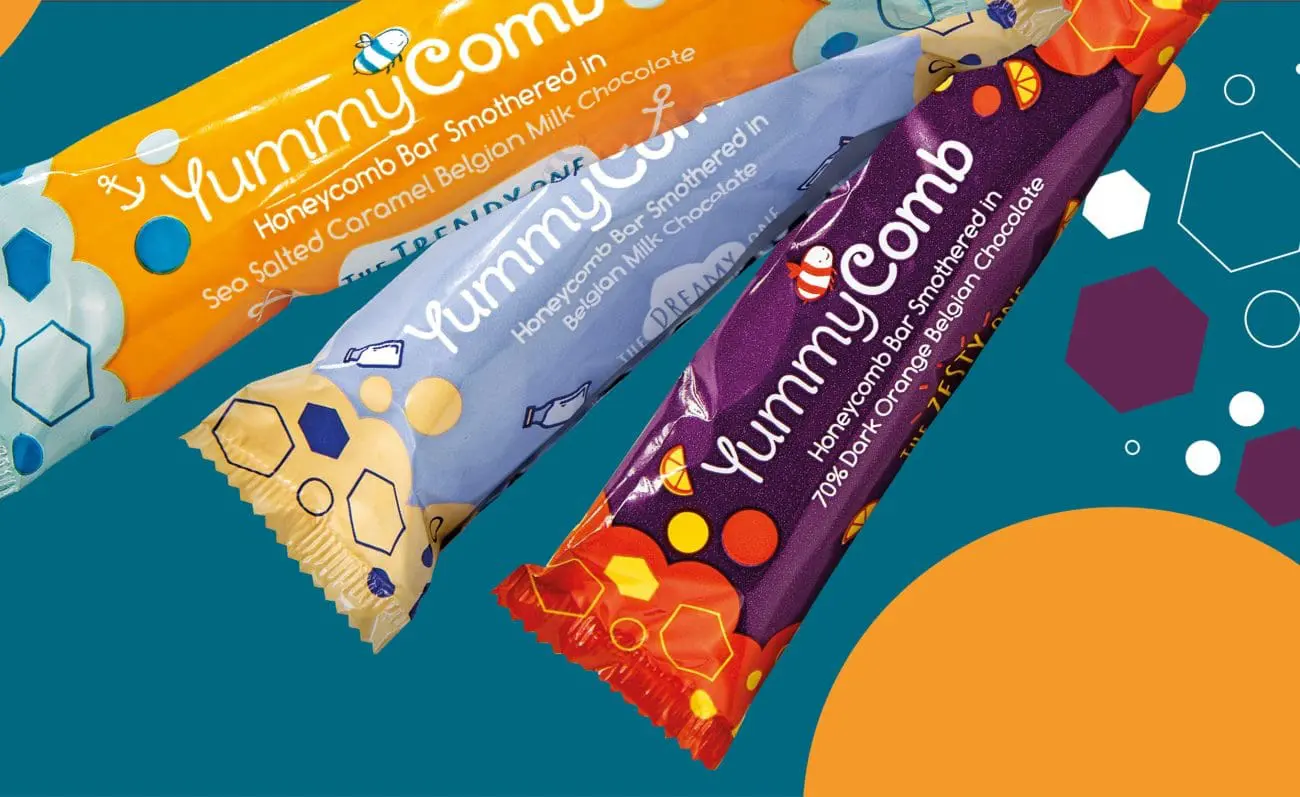Chocolate Bar History
Chocolate, the decadent delight that has captivated taste buds worldwide for centuries, has a rich and fascinating history. While we often associate chocolate with bars wrapped in shiny foil, the journey of chocolate bars from their humble beginnings to the mouthwatering treats we enjoy today is a tale of evolution, innovation, and cultural exchange. Join us on a sweet journey through time as we explore the history of chocolate bars.
Ancient Origins: 1900 BC – 1492 AD
- 1900 BC: The story of chocolate bars begins in ancient Mesoamerica. The Olmec civilization, one of the earliest known chocolate enthusiasts, creates a bitter beverage made from roasted cacao beans, water, and spices.
- 600 AD: The Maya civilization improves upon the Olmec recipe, sweetening it with honey and flavoring it with vanilla and annatto. This frothy, aromatic concoction is often referred to as “chocolatl.”
- 1200 AD: The Aztec empire takes chocolate to new heights, using cacao beans as currency and serving a drink called “xocolātl” made with crushed cacao beans, chili peppers, and spices.
Europe’s Chocolate Renaissance: 1500 – 1700
- 1502: Christopher Columbus encounters cacao beans on his fourth voyage to the Americas and brings them back to Spain.
- 1528: Hernán Cortés introduces chocolate to the Spanish court, where it becomes a luxurious beverage for the elite.
- 1615: The first chocolate house opens in London, offering a warm and frothy chocolate drink.
- 1657: The first chocolate bars are created in England by mixing chocolate paste with sugar and molding it into bars.
Industrial Revolution and Mass Production: 1800 – 1900
- 1828: Conrad Van Houten develops a cocoa press, which separates cocoa solids from cocoa butter, making it easier to create powdered cocoa and cocoa mass for bars.
- 1847: Joseph Fry & Sons of England produces the first modern chocolate bar by mixing cocoa powder, sugar, and cocoa butter.
- 1868: Cadbury introduces its first chocolate bar in the UK.
- 1875: Daniel Peter of Switzerland adds milk to chocolate, creating the first milk chocolate bar.
The 20th Century and Beyond: 1900 – Present
- 1900: The Hershey Chocolate Company in the United States revolutionizes the chocolate industry with mass production techniques, making chocolate bars affordable for the masses.
- 1920s: Innovations like the Baby Ruth and Snickers bars hit the market, featuring nougat, caramel, and peanuts.
- 1930s: The Kit Kat bar is introduced in the UK, featuring layers of crispy wafer covered in chocolate.
- 1970s: Dark chocolate bars gain popularity for their health benefits and distinct flavor.
- 2000s: Artisanal chocolate bars and craft chocolate makers such as YummyComb emerge, offering a wide range of unique flavors and cacao bean varieties.
- Present Day: Chocolate bars have evolved into a global industry with countless brands, flavors, and variations, catering to diverse tastes and dietary preferences.
Summary: Chocolate Bar History
From the ancient chocolate elixirs of Mesoamerica to the vast array of modern chocolate bars lining store shelves, the evolution of chocolate has been a fascinating journey through time. Today, chocolate bars continue to evolve, with a growing emphasis on sustainability, ethical sourcing, and exotic flavor combinations. As we savor each bite of our favorite chocolate bar, we can appreciate the centuries of history and innovation that have brought this sweet delight to our fingertips. The chocolate bar has come a long way, and its evolution is far from over, promising more delicious surprises in the future.





